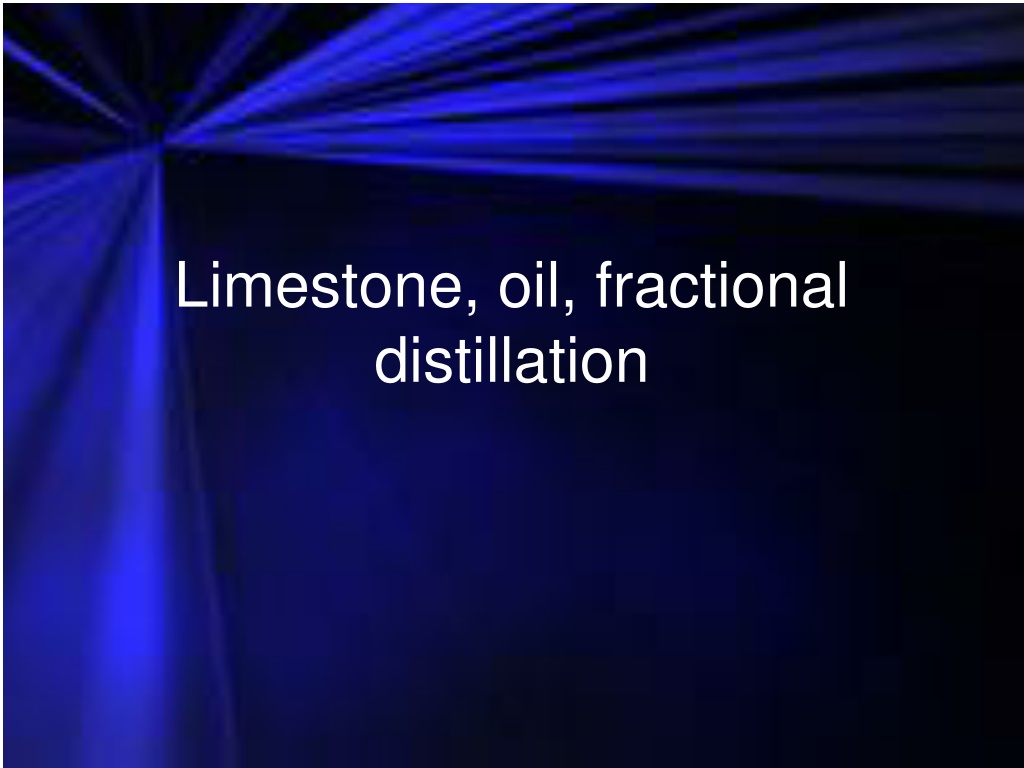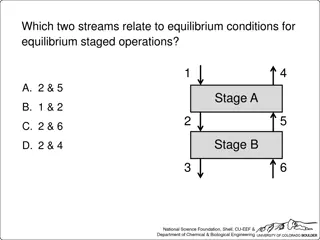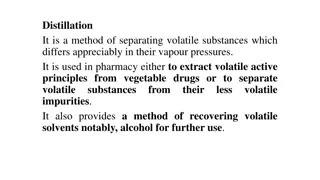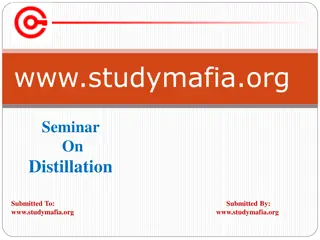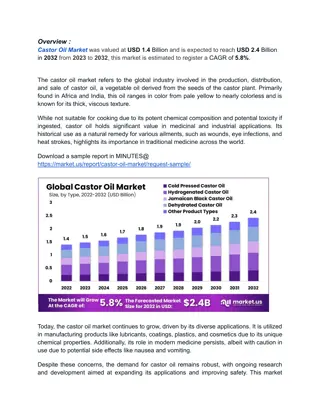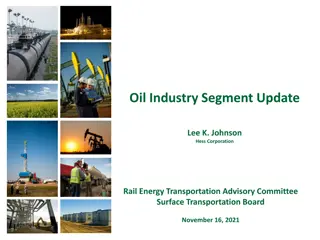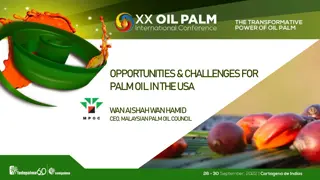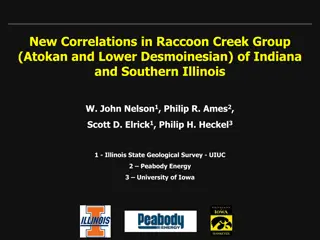Limestone, Oil & Fractional Distillation Overview
Limestone, a sedimentary rock mainly composed of calcium carbonate, has various uses in construction, glass-making, and cement production. It can also neutralize acidic soil through chemical reactions. The formation of oil and gas involves sedimentary layers and geological processes over millions of years. Crude oil consists of hydrocarbons, with different properties based on chain length. Fractional distillation is used to separate crude oil into fractions based on boiling points.
Download Presentation

Please find below an Image/Link to download the presentation.
The content on the website is provided AS IS for your information and personal use only. It may not be sold, licensed, or shared on other websites without obtaining consent from the author.If you encounter any issues during the download, it is possible that the publisher has removed the file from their server.
You are allowed to download the files provided on this website for personal or commercial use, subject to the condition that they are used lawfully. All files are the property of their respective owners.
The content on the website is provided AS IS for your information and personal use only. It may not be sold, licensed, or shared on other websites without obtaining consent from the author.
E N D
Presentation Transcript
Limestone, oil, fractional distillation
Limestone Limestone is a __________ rock made up of mainly calcium carbonate. It s cheap and easy to obtain. Some uses: 1) Building materials limestone can be quarried and cut into blocks to be used in _______. However, it is badly affected by ____ ____. 2) Glass making glass is made by mixing limestone with _____ and soda: Limestone + sand + soda glass 3) Cement making limestone can be roasted in a rotary kiln to produce dry cement. It s then mixed with sand and gravel to make _______. Words sand, building, sedimentary, concrete, acid rain
Limestone If soil is too _____ crops will fail. Limestone can also be used as a neutralising agent. There are two reactions to know: 1) Firstly, a THERMAL _________________ reaction is used to break the calcium carbonate down into calcium oxide (quicklime) and _______ __________: HEAT Calcium carbonate calcium oxide + carbon dioxide 2) This is then slaked with water to produce calcium hydroxide ( _________ lime ): WATER Calcium oxide calcium hydroxide Calcium hydroxide is alkaline and is used to ______ acidic soil. Words slaked, acidic, neutralise, decomposition, carbon dioxide
Formation of oil and gas 1) Layers of dead sea _____ settle on the seabed. 2) Layers of __________ rock build up on top. 3) The heat and ________ from these rocks, along with the absence of ______, mean that oil and gas are formed over ______ of years. Words sedimentary, millions, oxygen, creatures, pressure
Hydrocarbons and crude oil Crude oil is a mixture of HYDROCARBONS (compounds made up of carbon and hydrogen). Some examples: H H Longer chains mean Increasing length C H C H H H 1. Less ability to flow Ethane 2. Less flammable H H H C H H 3. Less volatile C H C H C H H H 4. Higher boiling point Butane
Fractional distillation Crude oil can be separated by fractional distillation. The oil is evaporated and the hydrocarbon chains of different lengths condense at different temperatures: Fractions with low boiling points condense at the top Fractions with high boiling points condense at the bottom
This powerpoint was kindly donated to www.worldofteaching.com http://www.worldofteaching.com is home to over a thousand powerpoints submitted by teachers. This is a completely free site and requires no registration. Please visit and I hope it will help in your teaching.
